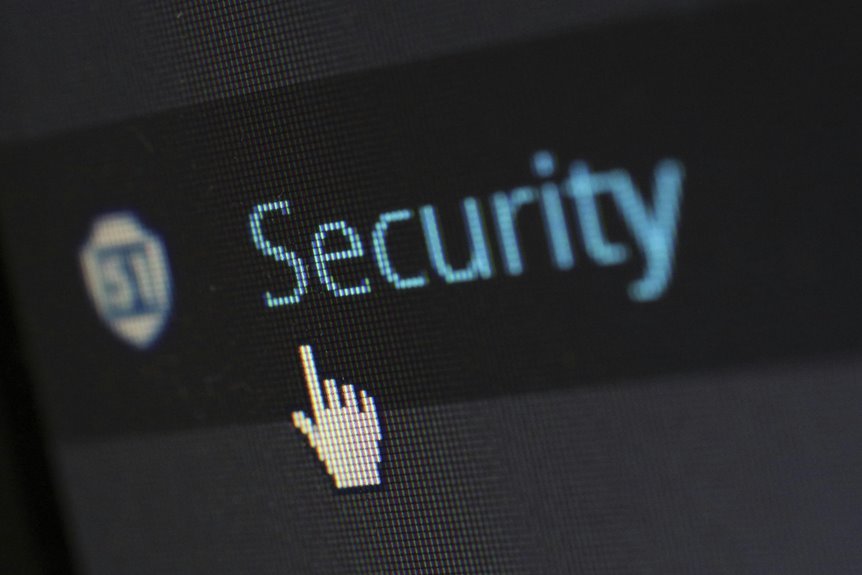The Caller Authentication Oversight Global Security Division plays a crucial role in the evolving landscape of telecommunications security. As impersonation techniques become more sophisticated, the division’s focus on robust verification systems highlights significant challenges in implementation. Advanced biometric methods, coupled with stringent oversight, are essential for safeguarding consumer data. This raises questions about compliance with diverse regulatory standards and the ongoing adaptation to emerging threats. What strategies will prove most effective in maintaining user trust?
Understanding Caller Authentication Mechanisms
Although caller authentication mechanisms are essential for securing communication networks, their complexity often poses significant challenges for implementation and compliance.
Voice biometrics, as a pivotal subset of authentication protocols, leverage unique vocal characteristics to verify identity. This method enhances security while promoting user autonomy.
However, the intricate integration of these technologies necessitates careful consideration to balance efficacy and user experience in diverse applications.
Challenges in Implementing Effective Caller Verification
While the need for robust caller verification systems is apparent, several challenges hinder their effective implementation.
Caller impersonation techniques evolve rapidly, complicating existing verification frameworks. Additionally, varying regulatory standards across regions create inconsistencies in enforcement.
These verification challenges necessitate sophisticated technologies and adaptive strategies to maintain security without infringing on user privacy, underscoring the delicate balance between safeguarding communications and preserving individual freedoms.
The Role of Oversight in Telecommunications Security
As the telecommunications landscape becomes increasingly complex, the role of oversight in ensuring security has never been more critical.
Effective oversight enforces telecom regulations and enhances security policies, safeguarding consumer data against emerging threats.
Future Trends in Caller Authentication Technology
The evolution of telecom oversight sets the stage for significant advancements in caller authentication technology.
Future trends indicate a shift towards biometric authentication and AI algorithms, enhancing security measures against fraudulent activities.
By leveraging unique biological traits and sophisticated machine learning techniques, telecommunications can achieve higher accuracy in identity verification.
Ultimately, this will empower users with greater control over their communication privacy while mitigating unauthorized access risks.
Conclusion
In conclusion, the Caller Authentication Oversight Global Security Division stands at the forefront of safeguarding communication networks against evolving impersonation tactics. As the landscape of telecommunications resembles a chess game, where each move must be strategically calculated, the integration of advanced biometric systems and rigorous regulatory compliance is essential. By continuously adapting to emerging threats, the division not only reinforces user privacy but also cultivates trust, ensuring that the integrity of these systems is maintained in an increasingly complex digital environment.





